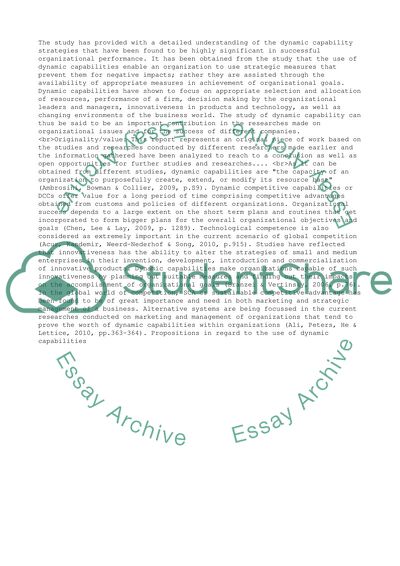Cite this document
(“Managerial Decision and Firm Performance: A Dynamic Capability Research Paper”, n.d.)
Retrieved de https://studentshare.org/management/1391094-managerial-decision-and-firm-performance-a-dynamic
Retrieved de https://studentshare.org/management/1391094-managerial-decision-and-firm-performance-a-dynamic
(Managerial Decision and Firm Performance: A Dynamic Capability Research Paper)
https://studentshare.org/management/1391094-managerial-decision-and-firm-performance-a-dynamic.
https://studentshare.org/management/1391094-managerial-decision-and-firm-performance-a-dynamic.
“Managerial Decision and Firm Performance: A Dynamic Capability Research Paper”, n.d. https://studentshare.org/management/1391094-managerial-decision-and-firm-performance-a-dynamic.


